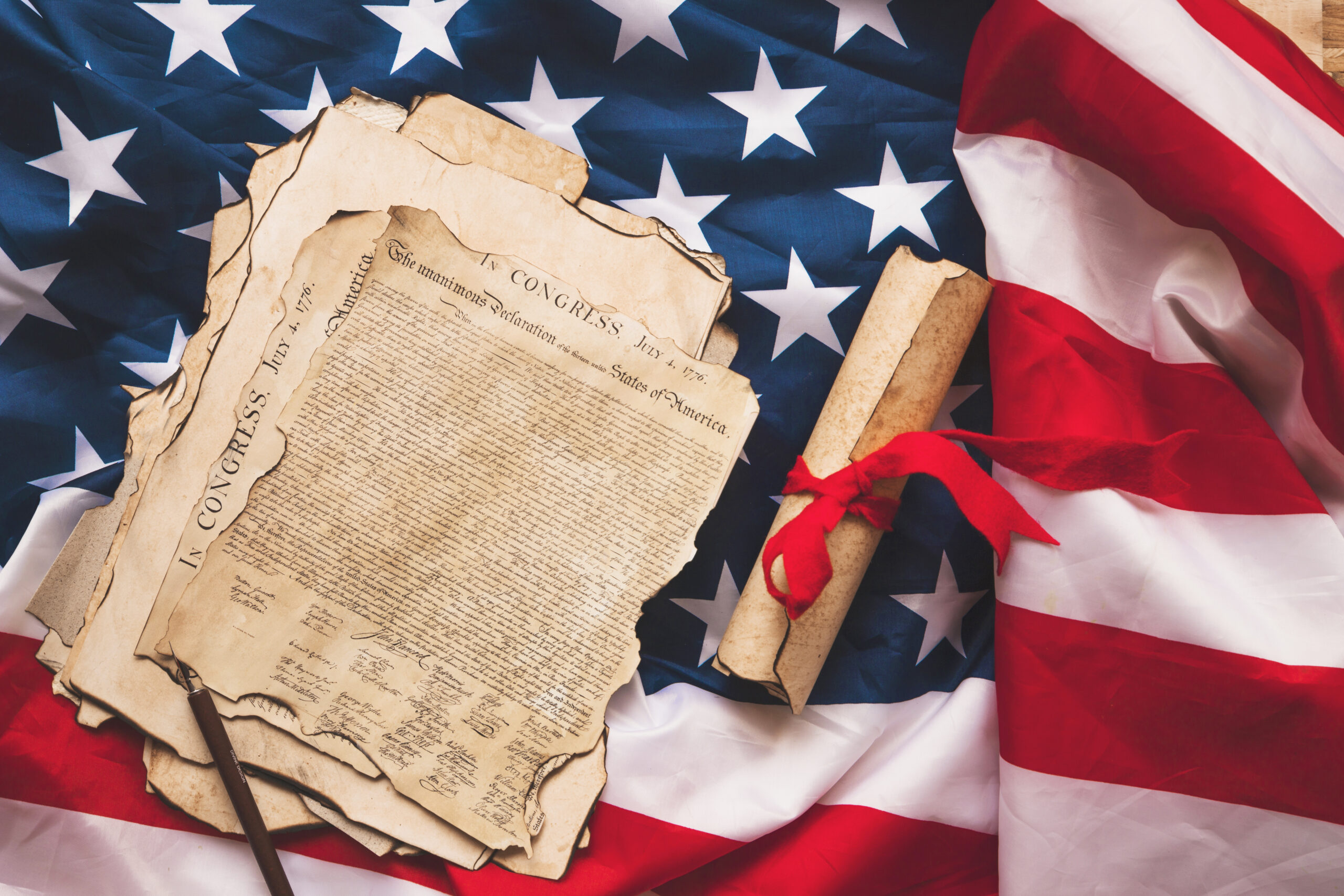Have you ever wondered why U.S. Presidential elections are so complicated? Why do people vote in November, but the final outcome isn’t confirmed until the so-called Electoral College in each state casts its votes in December—or even later if no candidate wins definitively, leaving the decision to the U.S. Congress?
All of this can be confusing. After all, the United States is considered a beacon of democracy, often called a „City upon the Hill,” an example for other democracies to follow. Yet, this system seems strangely undemocratic. So, as we near the end of a heated presidential campaign with both candidates fighting to gain an advantage, let’s examine why the U.S. head of state is not elected through a national popular vote but by a group of partisan electors from each state.
The Origins of the Electoral College
When the Founding Fathers, who were themselves part of the nation’s privileged elite, drafted the U.S. Constitution, they frequently voiced fears of „mob rule” and „factions” (what we would now call political parties). Since the limited electorate then primarily consisted of white men, many of whom had little formal education, they believed it was prudent for the elite to control critical decisions, such as selecting the President and Vice President. Thus, they designed a system in which the President would be elected by a group of electors—respected members of society with political insight—rather than directly by the public. Importantly, electors could not be U.S. Congress members or Senators.
Although we might view the United States as a unified nation with a single President, Congress, and judiciary, the reality is quite the opposite. The country is a union of fifty states, each with unique cultural, historical, and ethnic characteristics. This diversity was even more pronounced when the Constitution was written in 1787. To encourage the states to ratify the Constitution, the Founding Fathers balanced federal power with state autonomy. One way they did this was by allowing states, through their electors, to select the President based on local preferences. These votes would then be sent to Congress, where they were counted, and the Senate would announce the election results.
Modern Day
Today, U.S. presidential elections follow similar procedures. According to the U.S. Constitution, elections occur on the first Tuesday after the first Monday in November. This is when the popular vote takes place, and people cast their ballots in person. Now, many states also allow mail-in voting before Election Day, and some have early in-person voting. Currently, there are 538 electors, representing all fifty states and the District of Columbia. The smallest states have a minimum of three electors, while more populous states like California (55 electors) have a larger representation.
Where do these electors come from? Before the election, each party selects a slate of loyal supporters and activists who have demonstrated commitment through fundraising and organizing efforts. After the popular vote, ballots are counted state by state. Whichever party’s candidate receives the majority of votes in a given state, that party’s electors become the state’s Electoral College representatives, casting their votes for the winning candidate. These votes are then sent to the Senate, which certifies the results. If no candidate receives a majority of electoral votes, the U.S. House of Representatives chooses the President, while the Senate selects the Vice President.
Why’s it the „Cursed” Institution?
The Electoral College has both advocates and critics. Supporters argue that it ensures the voices of people in rural and less populous states are heard, making the President a representative of all Americans, not just those in urban centers. Critics, however, view it as an outdated institution that distorts election outcomes. They often cite the 2016 election as an example, where Hillary Clinton received 2.8 million more votes than Donald Trump but lost in the Electoral College, obtained only 227 electoral votes to Trump’s 304. It was the widest popular vote lead ever for a candidate who lost the election.
Over the past 250 years, the Constitution has been amended and reinterpreted to reflect the U.S.’s evolving geography, society, and politics. Since 1787, the country has expanded in land, population, and influence, as have its institutions and the presidency. All of these changes have generally aimed to increase „democratization” and „representation” in the electoral process.
When U.S. presidential races are tight and emotions run high, the Electoral College’s fairness often comes under scrutiny. Despite how unusual this institution may seem compared to other democracies, it has endured for centuries, and it remains unlikely that we will see its abolition in the near future.
And you—what’s your opinion on the United States presidential elections? Leave a comment!
Image by Freepik


Dodaj komentarz